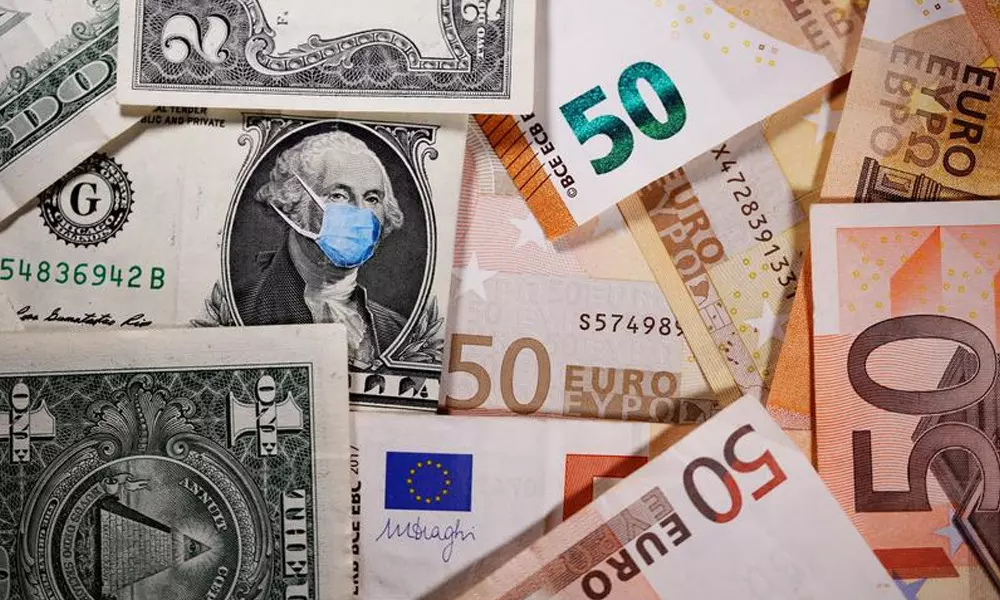Alphabet soup of recoveries adds 'R' and 'I'
Inflation depresses real economic growth and earnings as purchasing power dwindles
image for illustrative purpose

It seems economists all grew up watching Sesame Street, as they said the economic recovery in 2020 was brought to you by the letters 'L', 'V' and 'K'. If so, then 2021 will surely be brought to you by the letters R and I, which stand for reflation and inflation.
Interest rates move up and down with changes in expected nominal gross domestic product, which is the combination of real economic growth and inflation. Nominal growth can come from either reflation or inflation, a difference that matters greatly to the economy and markets.
If interest rates are rising on the heels of reflation and real growth, that is positive for risk assets. In the last few decades, when interest rates have risen, it has been due to real growth. The markets have shown they are willing to tolerate the Federal Reserve's suppression of interest rates in such a scenario.
But if interest rates are rising because of faster inflation, then that is not good for risk assets. All else being equal, inflation depresses real economic growth and earnings as purchasing power dwindles. During the inflationary period from 1966 to 1982, stocks lost 65 per cent of their real (after-inflation) value as inflation raged. These real losses were not recouped until the mid-1990s. Inflation has not been a problem since the 1990s.
And if inflation is pushing nominal growth higher, any attempt by the Fed to suppress interest rates will be rejected by the bond market. Nothing scares bond investors away faster than a central bank forcing negative real yields on them in the face of faster inflation. The analogy here is the Fed as a post and the market as a horse tethered to the post. The horse remains calm and in place so long as nothing spooks it. Inflation has the potential to spook the proverbial horse, in which case the post might not hold. The horse could rip the post out of the ground and run wild.
So, is nominal growth coming from reflation or inflation? This is difficult to ascertain thus far based on the reaction of markets. In the early stages of nominal growth, the markets react similarly to reflation-led growth and inflation-led growth. Investments that benefit from rising nominal growth do well, which is to that commodity prices typically rise, the dollar weakens, and cyclical and value-oriented stocks outperform.
The consensus seems to favor the idea of reflation, but there are worrisome signs that inflation may be an issue.
First, personal income has been booming, thanks to government transfer payments. In 2020, a record 20 per cent of all the income Americans received was mailed to them by the government. This took the form of stimulus checks, additional unemployment insurance, social security, disability, and the like. It seems market participants at this moment are not making the distinction between R and I, but such a distinction matters. It is likely that all the talk about R will shift to I later this year, which will matter for markets.

